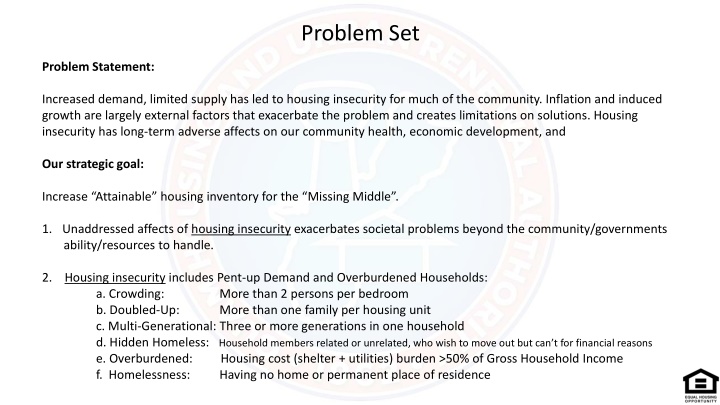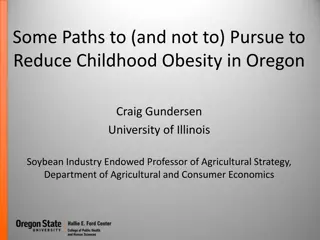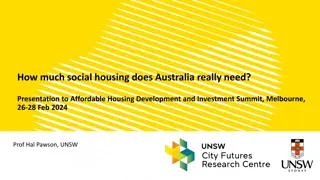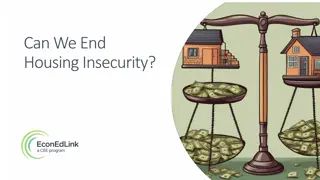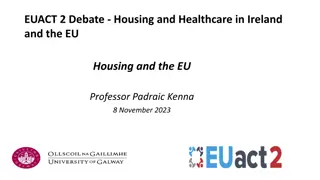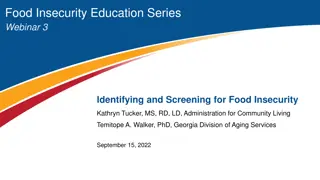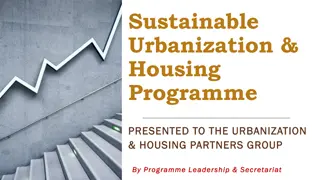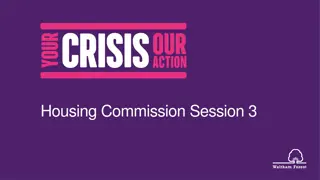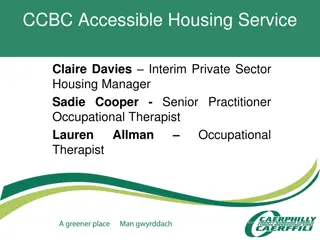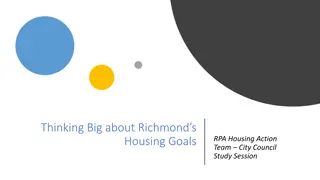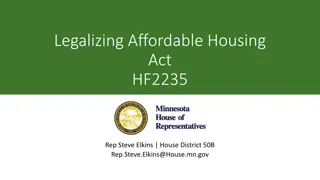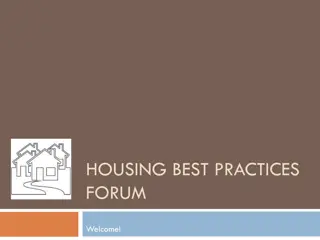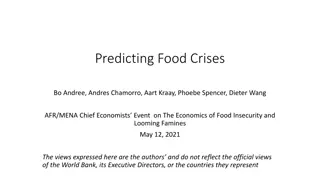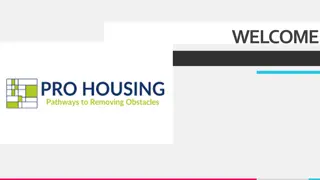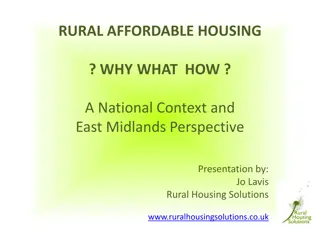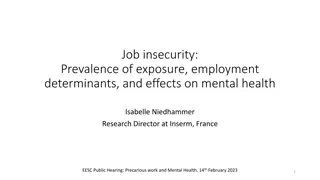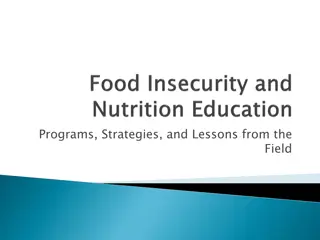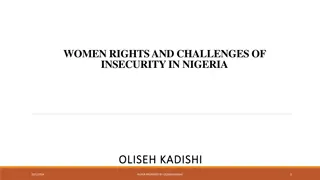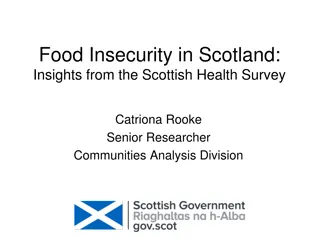Addressing Housing Insecurity Challenges in the Community
Increased demand and limited supply have led to housing insecurity in the community, impacting health, economic development, and overall well-being. Factors such as inflation, induced growth, and societal issues exacerbate the problem, causing long-term adverse effects. The goal is to increase attainable housing inventory for the Missing Middle while addressing the various forms of housing insecurity like crowding, doubled-up households, multi-generational living, hidden homelessness, overburdened households, and homelessness itself. Various initiatives and data points projected for 2025 highlight the urgency of finding solutions to housing affordability and availability challenges.
Download Presentation

Please find below an Image/Link to download the presentation.
The content on the website is provided AS IS for your information and personal use only. It may not be sold, licensed, or shared on other websites without obtaining consent from the author.If you encounter any issues during the download, it is possible that the publisher has removed the file from their server.
You are allowed to download the files provided on this website for personal or commercial use, subject to the condition that they are used lawfully. All files are the property of their respective owners.
The content on the website is provided AS IS for your information and personal use only. It may not be sold, licensed, or shared on other websites without obtaining consent from the author.
E N D
Presentation Transcript
Problem Set Problem Statement: Increased demand, limited supply has led to housing insecurity for much of the community. Inflation and induced growth are largely external factors that exacerbate the problem and creates limitations on solutions. Housing insecurity has long-term adverse affects on our community health, economic development, and Our strategic goal: Increase Attainable housing inventory for the Missing Middle . 1. Unaddressed affects of housing insecurity exacerbates societal problems beyond the community/governments ability/resources to handle. 2. Housing insecurity includes Pent-up Demand and Overburdened Households: a. Crowding: More than 2 persons per bedroom b. Doubled-Up: More than one family per housing unit c. Multi-Generational: Three or more generations in one household d. Hidden Homeless: Household members related or unrelated, who wish to move out but can t for financial reasons e. Overburdened: Housing cost (shelter + utilities) burden >50% of Gross Household Income f. Homelessness: Having no home or permanent place of residence
Problem Set 3. Housing insecurity has direct causal links to substance abuse, mental health disorders, suicide, reduced life expectancy, domestic violence, sexual assault, poor child development, and future homelessness. 4. Key factors that have adversely affected housing affordability and availability a. Cost of Construction (labor and materials) b. Limited Inventory c. Induced population growth (Between 6,000-10,000) d. SID inflation 5. Data Points (Projected for 2025) a. Pent-up demand - 6,650 b. Organic population growth - 2,768 c. Homeless population - 490 d. Hidden Homeless population increased 29% from 2009-2019, despite an increase of 1,377 new housing units from 2010-2019 e. 52% of households are overburdened f. Home construction price per SqFt 250-341
ntes yan pgo Then & Now (2015-2024) Gentrification Historic Lows 2015-2022 Pent-Up Demand Outmigration Homelessness Inflation Housing Construction Housing Insecurity Demand Supply Limited Inventory Brain Drain Induced Growth
Multi-Generational Cycles Poor child development Priced out Theft Poor Health Economic downturn Housing Insecurity Substance Abuse Domestic Violence Depression Homelessness Mental Health Disorders Suicide Catastrophic event Sexual Assault
Ounce in Prevention San Francisco Los Angeles Portland Seattle
Ginima Mona Housing Types: Affordable v Attainable What is Affordable Housing ? Standard Definition: <30% GHI (shelter cost + utilities) Generally, synonymous with subsidized housing projects Market still affordable for 160% AMI ($120,320) Other programs cover 80% AMI ($71,050 for a family of 4) or less, Low to Extremely-Low Requires substantial long-term subsidies What is Attainable Housing? Housing that is affordable (not to be confused with Affordable Housing) or reasonably priced that is unsubsidized Working Definition for Guam- Housing units of low-to-moderate density priced for 80-120% AMI Missing Middle What is Missing Middle ? What is the Missing Middle Unsubsidized middle-income households. Moderate Density Homes (duplex, triplex, fourplexes, bungalows, townhomes) Moderate-income cost spectrum Risk of homelessness is often a bill, paycheck, or injury away.
Middle Income Bracket Target Range $90,240-$120,320 $120,320-$150,400 $60,160-$90,240 120% - 160% 80% - 120% 160% - 200% Lower Middle Middle Upper Middle 75,200 AMI ~11,758 Households 30-40% GHI ideal, but 40-50% realistic near-term Cost spectrum flexibility 30-40% GHI 40% GHI for 80% AMI = $1,505/$500, SC of $1.36/sqft (1,100sqft) Success metric - 5-8% vacancy rate
